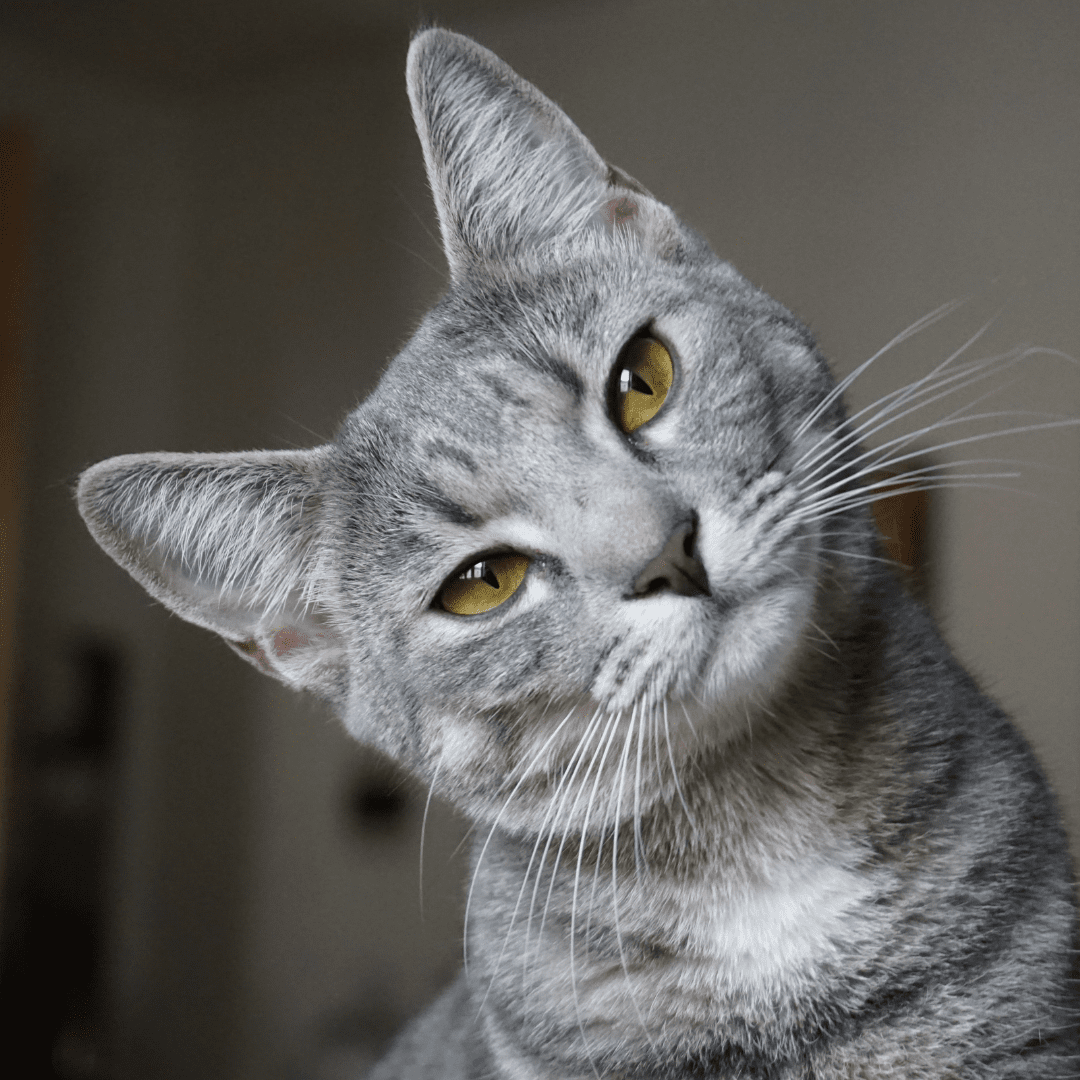What’s your cat’s real age?
There is no easy formula for cats. Some people use a “one year equals four” formula, calculating that a 20-year-old cat is equivalent to an 80-year-old person. The problem is that a one-year-old cat is surprisingly the equivalent, in terms of mental and physical maturity, of a human 15-year-old. But using this formula would mean that a 15-year-old cat is like a 150-year-old person. Clearly, that formula is not going to work!
A better method is to count the first year of a cat’s life as being comparable to the time a human reaches the early stage of adulthood. Like a human adolescent, a one-year-old cat seems fairly grown up and is physically capable of becoming a parent but lacks emotional maturity.
The second year of a cat’s life takes it to the first stages of full adulthood in humans. A two-year-old cat is roughly equivalent to a person in their mid 20s. From there, the “four equals one” rule works pretty well. A cat aged three is still young, comparable to a person of 29.
A six-year-old cat is similar to a 41-year-old person in the throes of middle age. A 12-year-old cat is comparable to a 65-year-old person and has earned the right to slow down a little.
Of course, it’s all relative. Some cats live riskier lives than others. For example, feral cats, those poor, flea-ridden creatures wandering the streets looking for anywhere food can be scrounged. They are lucky to live more than a year or two, before being claimed by accident, predation or disease. Domesticated cats who are allowed to roam are also more likely to meet with an early demise. Cats protected indoors, with regular veterinary care and good and balanced nutrition, can easily live fifteen to twenty years.
A good diet will help your cat live longer. If you would like to learn more about how EQUALS can provide balanced healthy food for a cat’s body and mind go to EQUALS shop.

